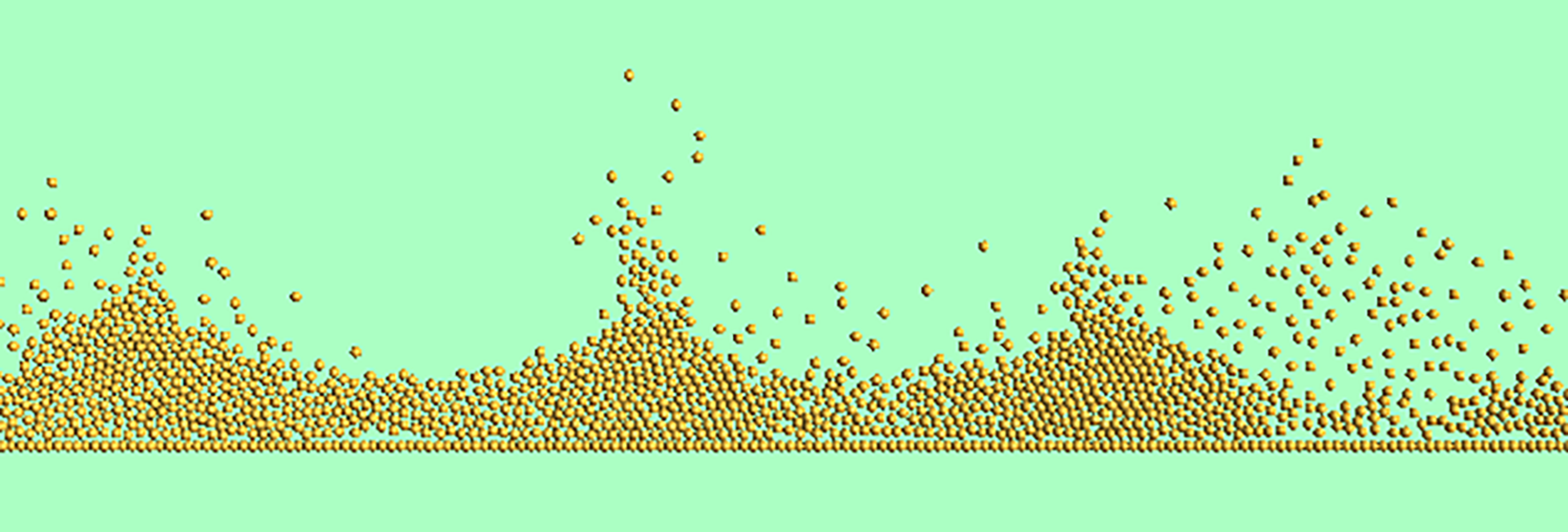Fluid and granular flow dynamics
The basic concept in the actual project is to elucidate the fundamental parts in gravity mass flows, particularly in the sub-aqueous environment. We investigate the physical-mechanical conditions of mass movements based on i) experiments with artificial slurries of different compositions and ii) numerical modeling.

The basic concept in the actual project is to elucidate the fundamental parts of gravity mass flows, particularly in the sub-aqueous environment. We investigate the physical-mechanical conditions of mass movements based on i) experiments with artificial slurries of different compositions and ii) numerical modeling.
Project summary for 2006
In the year 2006, Hedda Breien carried out a unique set of comparable subaerial and submarine laboratory experiments at the SAFL in Minnesota. The experiments include a suite of tests varying the composition from almost pure granular to fully viscoplastic as well as the ambient environment from air to water. We see this rather fundamental approach as needed due to the fact that up to now an integrated interpretation has been hampered by disagreements and individuality in dealing with these different fields of mass movement.
Observations as well as experimental studies seem to indicate important and significant differences between mass flows in air with respect to water, although we are dealing with the same principles of driving forces. As events in the sub-aerial environment are far more accessible than their sub-aqueous counterparts, it is useful to identify the differences and similarities in their behavior. A fundamental understanding of the dynamics will also make it possible to use the right type of knowledge from sub-aerial deposits, flow observations, and modeling in the sub-aqueous field and vice versa.
Plans
During the following years, we also plan to commence work on a computer model for the flow of sandy debris flows. From this long-term effort, which will probably involve also the SIMULA computing center, we expect to develop more advanced numerical models capable of handling 3D problems.
Project leaders
- Anders Elverhøi
- Kaare Høeg
Other collaborators
- Fabio V. De Blasio
- Dieter Issler
- Johan Petter Nystuen
External Institutes
- Simula center, Oslo
- St. Anthony Falls Lab, Minnesota, USA
- Department of Applied Mathematica, Oslo
- University of Pavia, Italy